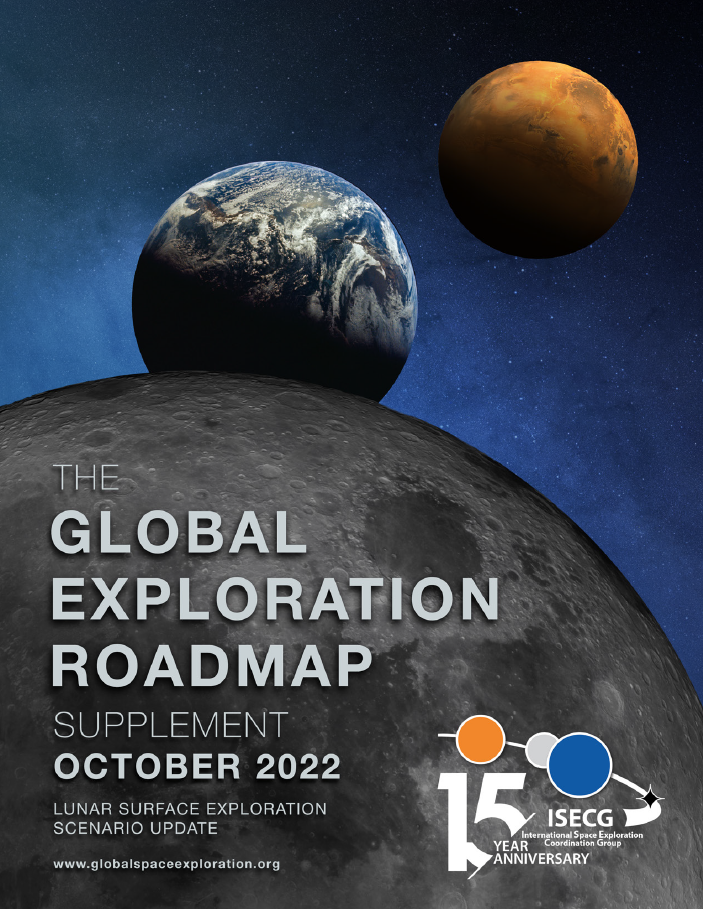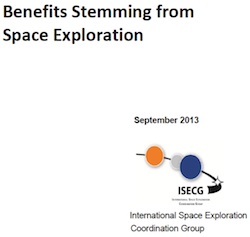ISECG Annual Report 2023 published

The International Space Exploration Coordination Group (ISECG) published its Annual Report for 2023, highlighting significant achievements and outlining plans for the future


The International Space Exploration Coordination Group (ISECG) published its Annual Report for 2023, highlighting significant achievements and outlining plans for the future





